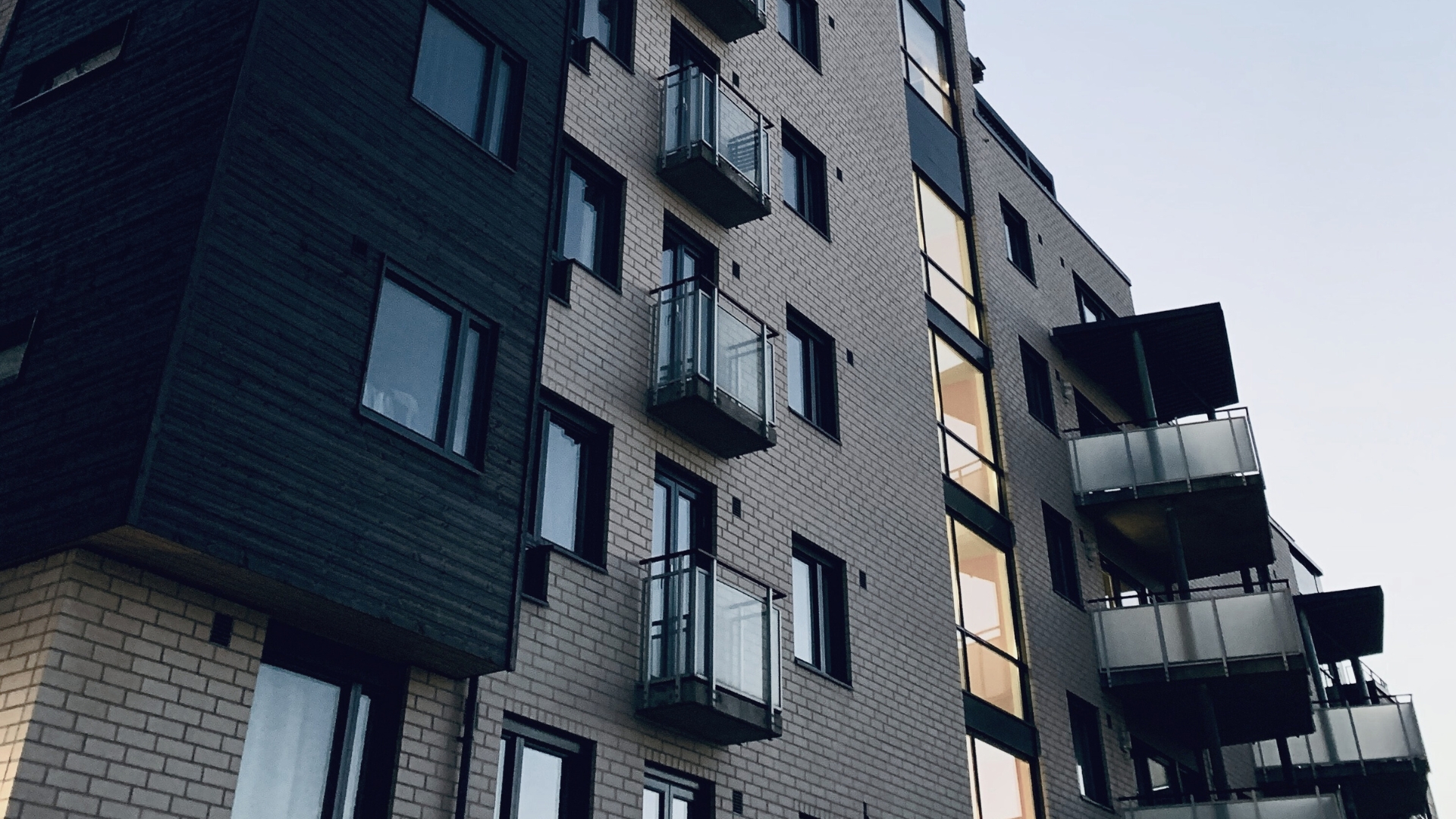Get in Touch Now!
What is a Safety Case Report?
The SCR plays a crucial role in demonstrating compliance with the Building Safety Act 2022, ensuring that any risks identified by the Building Safety Regulator are acknowledged and effectively controlled.
Who needs a Safety Case Report?
The Building Safety Act mandates that all high-rise residential (HRB) buildings should have a safety case report. An HRB is defined as a residential building over 18 meters in height or having at least 7 storeys and two or more residential units.
The Principal Accountable Person (PAP) is responsible for compiling and submitting this report, which involves gathering comprehensive building information, commissioning necessary risk assessments, and ensuring the report accurately reflects current safety measures. This report is a crucial component of the Golden Thread of Information. To meet ongoing legal obligations, safety case reports must be kept up to date. As the BSR intends to reissue BAC invitations every 5 years, regular updates will streamline future submissions.
When should a Safety Case Report be submitted?
The submission of a safety case report to the BSR is required when the PAP receives an official invitation. Following this invitation, the PAP has a 28-day period to submit their BAC application, which includes the safety case report. The BSR also issues a final notification with a 6-day submission warning. To provide preparation time, the BSR issues an initial notice letter to the PAP stating that they could be called at any time within the next 3 months to submit.
The Building Assessment Certificate (BAC)
A Building Assessment Certificate (BAC) is an official document confirming that a high-rise residential building meets the safety standards of the Building Safety Act 2022. It is a legal requirement for higher-risk buildings to obtain a BAC from the Building Safety Regulator (BSR). The BSR assesses the building’s safety through a detailed review of its Safety Case Report, Mandatory Occurrence Reporting system, and Resident Engagement Strategy.
The Building Safety Regulators Assessment Criteria
Earlier this year, the BSR published their assessment criteria for which they will be assessing BAC submissions and safety case reports. The assessment criteria consist of 126 individual requirements that BAC applications must meet. A multidisciplinary team, including the BSR regulatory lead, fire assessors, and structural assessors, use these criteria to ensure a comprehensive review. These requirements now demand greater diligence from safety case report authors, requiring adherence to a broader range of compliance standards.
What should be included in a Safety Case Report?
Existing guidance suggests that the Safety Case Report should include:
- Details of relevant persons
- Building specifics
- Risk assessment techniques
- Risk management strategies
- Safety systems
- Evacuation plans
- Mandatory occurence reporting policy
- Resident engagement strategy
- Ongoing works
- Building improvements
Details of Relevant Persons
Building Specifics
Risk Assessment Techniques
Outline the methods utilised for identifying potential hazards within the building, including comprehensive fire risk assessments, thorough structural surveys to assess integrity, and detailed evaluations of utilities such as gas and electrical systems.
Risk Management Strategies
Safety Systems
Evacuation Plans
Mandatory Occurrence Reporting Policy
Each reporting category—fire incidents, near misses, and defects in safety systems—requires clear documentation and adherence to regulatory guidelines to uphold building safety standards and ensure resident welfare. Regular reviews and updates to these reporting procedures are necessary to adapt to changing circumstances and continuously improve safety measures.
Resident Engagement Strategy
Ongoing Works
By addressing these aspects in the Safety Case Report, stakeholders can ensure that planned or ongoing works are managed effectively, minimising disruption to building safety and resident well-being while maintaining compliance with safety regulations and enhancing overall building resilience.
Building Improvements
Last Updated: 16th June 2025



